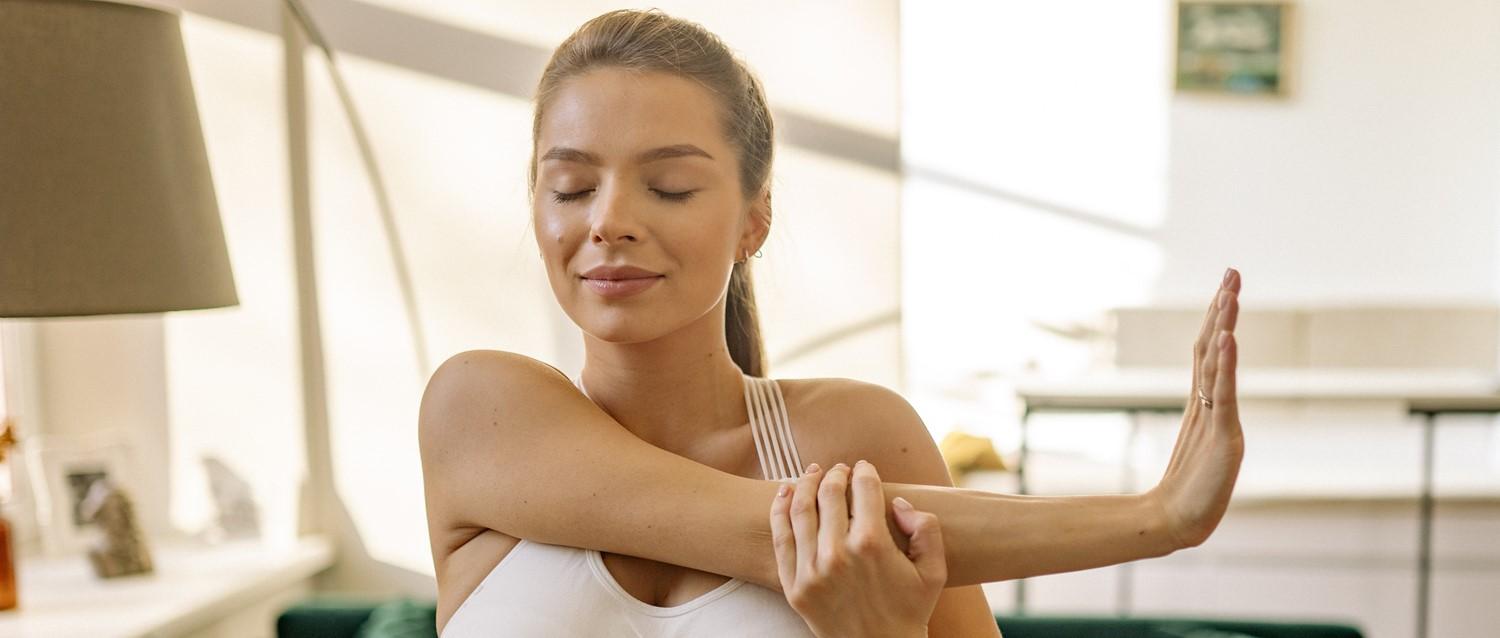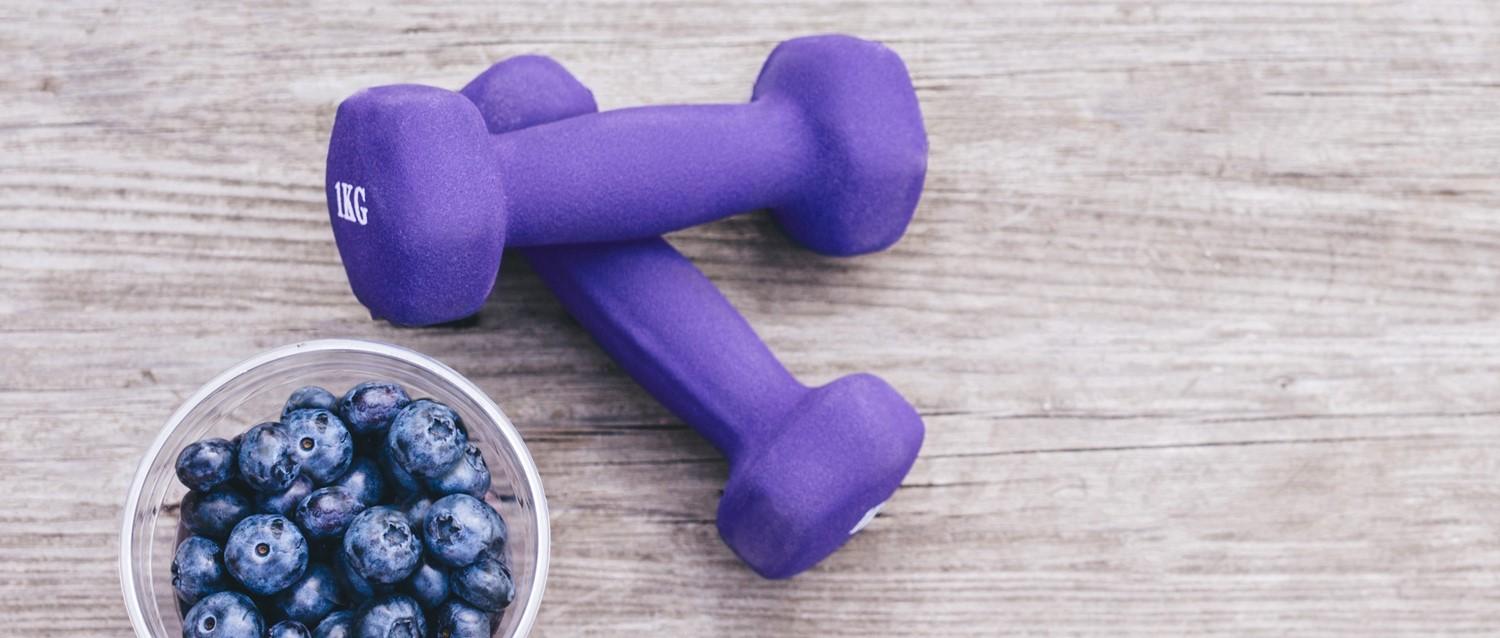
What are the benefits of postnatal Pilates?
Peer reviewed by Dr Sarah Jarvis MBE, FRCGPLast updated by Amberley DavisLast updated 25 Mar 2022
Meets Patient’s editorial guidelines
- DownloadDownload
- Share
- Language
- Discussion
Postnatal Pilates, or postpartum Pilates, can help to aid recovery from pregnancy and childbirth. It does this by repairing and rebuilding the muscles that have been weakened or damaged, which can ease joint and muscle pain and enable you to regain strength and stamina. Postnatal Pilates is also gentle and low-impact, making it a safe way to ease back into exercise.
In this article:
Continue reading below
What is Pilates?
Pilates is a form of low-impact exercise that builds strength, improves mobility and flexibility, and increases stamina. Pilates has many physical and mental health benefits, including its role in creating good posture and breathing techniques, aiding healthy weight loss, and managing stress.
The principle of Pilates is to train and challenge the core muscles. This refers to the muscles in the mid-section, including the deep muscles in your stomach (abdominal muscles), waist (obliques), back (erector spinae and multifidi), pelvic floor muscles, and buttocks (glutes). As a result, Pilates is often encouraged during pregnancy - a time that poses a significant challenge to a mother's core stability and strength.
What is postnatal Pilates?
Postnatal Pilates, also known as postpartum Pilates, aims to aid recovery from pregnancy and childbirth by increasing blood flow and oxygenation to the damaged muscles. Postnatal Pilates exercises are low-impact and deliberately gentle, enabling new mothers to heal and rebuild their strength in a safe way.
The benefits of postnatal Pilates
Provides low-impact exercise - postnatal Pilates places minimal stress on your joints which is important after the extra strain of carrying a baby both during and after pregnancy.
Builds core strength and stability - this is the main principle of postnatal Pilates and is particularly useful following pregnancy when your core muscles are stretched and weakened.
Prevents and reduces back pain - builds up the muscles that support your spine (which is put under strain during pregnancy) and also redistributes the pressure on your spine and around your pelvis and hips.
Engages pelvic floor muscles - strengthens these muscles (after they become weaker during pregnancy and childbirth) which can protect against urine incontinence, help to repair the area between the anus and vagina following vaginal birth, and prevent a prolapse (when these muscles stretch under pressure and push against the walls of your vagina).
Improves posture - strengthens the muscles supporting your spine which combats the poor posture habits that pregnancy, breastfeeding, and lifting your baby can encourage.
Tones stomach muscles - targets and tightens the abdominal and oblique muscles while also helping to burn belly fat in a healthy way.
Supports mental well-being - as a complete mind-body workout that incorporates breathing techniques, postnatal Pilates can help you to manage the stress of looking after a baby, reduce postnatal fatigue (tiredness), and improve sleep quality.
Continue reading below
Is postnatal Pilates good for diastasis recti?
Diastasis recti is a completely natural and common complication of pregnancy. The stomach muscles that line both sides of your linea alba (a fibrous vertical line running down the midline of the abdomen) can become stretched to the point that they are forced apart.
"Postnatal Pilates can help with diastasis recti as it strengthens the entire abdominal area," says Rebecca Convey, owner of Kinetic Pilates in North London. "This includes the transverse abdominals, which when activated and strengthened properly can be effective in helping to close the gap caused by diastasis recti.
"Joseph Pilates, the founder of Pilates, spoke about using the abdominals as a gladiator belt to help tighten and strengthen your core and support the spine. It is this gladiator belt image that can help you to engage the transverse abdominals," she adds.
How do I tighten my stomach after having a baby?
Postnatal Pilates can also be used to help you return to a more flat post-baby tummy. However, Convey cautions not to put yourself "under pressure to 'bounce back' from pregnancy.
"The reality is, it takes 40 weeks to grow a full-term baby and it will take much more than a few weeks to recover," she says. "My advice to new mums is to not set unrealistic fitness goals as these will only lead to disappointment and stress, which is not good for your mental or physical health.
"I recommend starting with a simple set of Pilates exercises to rebuild strength slowly. Doing these for five minutes several times a day is a gentle way to coax your body back into shape without overdoing it.
"You will find that each day you grow a little stronger and more confident in your ability. This will lead naturally and safely to more vigorous workouts."
Postnatal Pilates exercises
To be done 3-5 times per day
Standing against the wall
Stand with your back against the wall and move your feet forward as much as you need in order to position your whole back against the wall. Stand with your heels together and your toes slightly apart. Do not arch your back or tuck your bottom under - you should have a long spine starting from your head to your tailbone.
Place your hands on your belly and try to lift your stomach muscles in and up, and away from your hand as if you are trying to lift your belly button towards your spine and up to your head. Hold the belly in for five seconds and release.
Repeat 5-10 times. In the beginning, it will be very hard to activate your stomach muscles. Try not to get frustrated - as you get stronger you will be able to hold for longer and longer.
Arm circles
Once you feel that you can hold your belly in and keep your back long for an extended period, progress to add arm circles:
Stand against the wall and pull your stomach in and up (as above).
Lift your arms up as high as you can, keeping your back connected to the wall and your stomach pulled in and up.
Circle your arms around 3-5 times while maintaining your connection to the wall. Reverse the circles.
Wall squats
Once you feel that you can perform these postnatal Pilates exercises, add wall squats:
Stand against the wall and pull your stomach in and up (as above). Have your feet parallel.
Slowly bend your knees and slide your body down the wall to create no lower than a 90° angle with your legs. Keep your back connected to the wall and your stomach lifted in and up. Lift your arms upwards to help you maintain your lifted position.
Hold the squat position for 3-5 seconds, then lift yourself back up the wall. Repeat 3-5 times.
Continue reading below
How soon after birth can I do postnatal Pilates?
If you've had complications with pregnancy or childbirth, you shoulld get the all-clear from your doctor or midwife before starting postnatal Pilates exercises after giving birth. "In most cases, women can start postnatal Pilates after their 7-week check-up. The important thing is to start 'slow and steady' and work with a teacher who is experienced and knowledgeable," says Convey.
To benefit from expert guidance, there are many postnatal Pilates classes you could join. Alternatively, if you find it difficult to attend classes alongside being a new mum, it's possible to take up postnatal Pilates exercises at home.
How long after a C-section can I do postnatal Pilates?
Giving birth by C-section brings in another element of recovery and Convey advises that, in some cases, you may need to wait longer to start exercising. "Your doctor will be the guide, but it is usually okay to start after seven weeks as long as you are no longer in pain and are recovering well.
"If at any point these Pilates exercises (or any exercise) cause discomfort or pain, you must stop. It may be that you are starting to exercise too soon and need more time to heal. Alternatively, you may need an experienced teacher to help you with your body placement and technique."
Patient picks for Exercise and physical activity

Healthy living
Should you exercise if you have a chronic illness?
Doctors and nurses are always banging on about the benefits of exercise. But sometimes, they’re actively telling you to avoid some exercise on the basis that it can do more harm than good! Read on to find out about some of the special situations where exercise comes with a C for caution.
by Dr Sarah Jarvis MBE, FRCGP

Healthy living
How to get over your fear of exercise
The benefits of physical activity are well known. In the short term, doing some exercise can improve your mood and help you sleep better, as well as giving you a sense of accomplishment. Over the longer term, it can lower your risk of many chronic diseases, help keep your weight under control and strengthen your muscles and bones.
by Abi Millar
Continue reading below
Article history
The information on this page is peer reviewed by qualified clinicians.
25 Mar 2022 | Latest version
25 Mar 2022 | Originally published

Ask, share, connect.
Browse discussions, ask questions, and share experiences across hundreds of health topics.

Feeling unwell?
Assess your symptoms online for free
Sign up to the Patient newsletter
Your weekly dose of clear, trustworthy health advice - written to help you feel informed, confident and in control.
By subscribing you accept our Privacy Policy. You can unsubscribe at any time. We never sell your data.